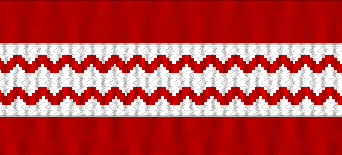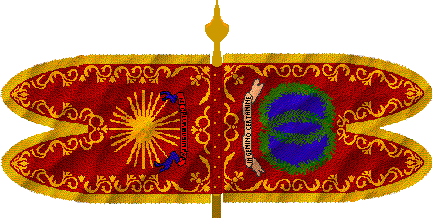
|
|
|
Origin and history Raised in 1673 by Jacques of Cassagnet of Tilladet, knight of Fimarcon, it had as colonel Charles August Louis Fouquet, Count of Belle Isle who became marshal of France and was the War State Secretary during the seven years war. Urban Balthazar, knight of Aubigné obtained the commision of colonel of this regiment on 1st December 1745 until 1st February 1761 where he sold it to Antoine Cléradius Choiseul La Baume on 20 February 1761 until June 1763. Later the regiment became chasseurs des Evèchés (bishoprics) in 1786. Biographies and arms Urban Balthazar, knight of Aubigné son of Louis François, Lord of the Touche, count of Aubigné and Henriette Le Breton of Villandrey. Born in 1718. Lieutenant in 2nd of Provence infantry regiment on 6 January 1736 and in that of Marine infantry regiment on 6 January 1737 where he became ensign of the colonel company on 26 May 1738 and captain on 13 April 1740. Colonel of his own dragoons regiment on 1st December 1745. Promoted brigadier on 1st May 1758 and marshal of camp on 21 February 1761. He died on 12 December 1762
Antoine Cléradius, marquis of Choiseul-Beaupré (later count of Choiseul La Baume) was born on 5 October 1733. On 5 June 1746 he was cornet in Royal Champagne cavalry regiment, then on 1st February 1749 became cornet in second (with rank of colonel lieutenant of cavalry ) in the Chevaux Légers de la Reine " ( Queen's Light Horses) .He became lieutenant of the Gardes du Corps du Roi de Pologne (Poland King's Ward Corps) and then finally his chamberlain. He obtained on 15 June 1753 a commission to have rank of cavalry mestre de camp. Promoted lieutenant general of the government of Champagne in survival of his father in July 1755 and incumbent in 1764. On 29 November 1757 he was ensign of the Gendarmes d'Orléans, then on 19 April 1760 sub-lieutenant of the Gendarmes Ecossais and finally on 20 February 1761 colonel of his own dragoons regiment and this same day promoted brigadier. He was elevated to camp marshal by patent on 25 July 1762. Became general inspector of the cavalry in 1764 and lieutenant-general in 1781. He was arrested and guillotined during the Terror on 4 May 1794.
Service during the seven years war: The regiment made all campaigns of Germany: Crefeld, Minden, Corbach, Warbourg, Cromberg, Villinghausen, Ostende in September 1761, Nordheim in November 176 Distinctive of uniforms and saddle cloth:
1750 ordonnance : red coat, cuffs, waistcoat and lining. Red housing and holster-caps edged with a white wool braid having two red zigzag. Epaulet and sabre-strap in mixed colour. Red fatigue cap and turn-up laced with a similar braid that housing. 757 ordonnance (E.M. 1759-1760): red coat, waistcoat and lining. White buttons. Clear green cuffs, waistcoat with clear green lapels. 
Housing colours Drummers and oboe Drummers wore the livery of their mestre de camp (unknown). Flags colours  Red flags, obverse with gold sun in splendor with the Royal motto on a scroll with red background, blue lining and the silver words "NEC PLURIBUS IMPAR" , reverse with in middle two natural laurel crowns embroidered and above a scroll with the words " IN GEMINO CERTAMINE", gold fringed. Note that this flag pattern was a general model attributed to some dragoon regiments since the 1737 reform.
|
||||||||
|
|
||||||||